Hokusai art and chestnuts in Obuse

Only 30 minutes by train from either Nagano City or the popular snow monkeys of Yamanouchi is the the quiet town of Obuse. Relatively unknown and unexplored by foreign tourists compared to its more famous neighbors, Obuse is well-known locally as one of the major chestnut regions in Japan, and it is also home to one of the few Hokusai museums, which are dedicated to the ukiyoe artist Katsushika Hokusai, in Japan. The cute and compact town center is easy to navigate on foot and is a convenient detour on the way to or back from Yamanouchi. Detailed transport information to Obuse can be found in the access section below.
I spent one day in early summer walking around the quaint little town of Obuse. The train from Nagano Station brought me to Obuse in no time, passing by apple and grape orchards, and rice fields. Interestingly, Nagano Prefecture is one of the top apple and grape producing prefectures in Japan.
Upon arrival at Obuse Station, I set off for the town center, which is about ten minutes away on foot. While the main roads are sufficient for getting to spots, the winding back alleys, of which there are numerous in the town center, can add an element of discovery to the walk. One of the things to look out for in the town center is the "Obuse Open-Garden Home" sign, which invites visitors to walk through private gardens and enjoy the seasonal flora. I loved this concept as it allowed me a peek into private gardens and provided a short cut between streets.
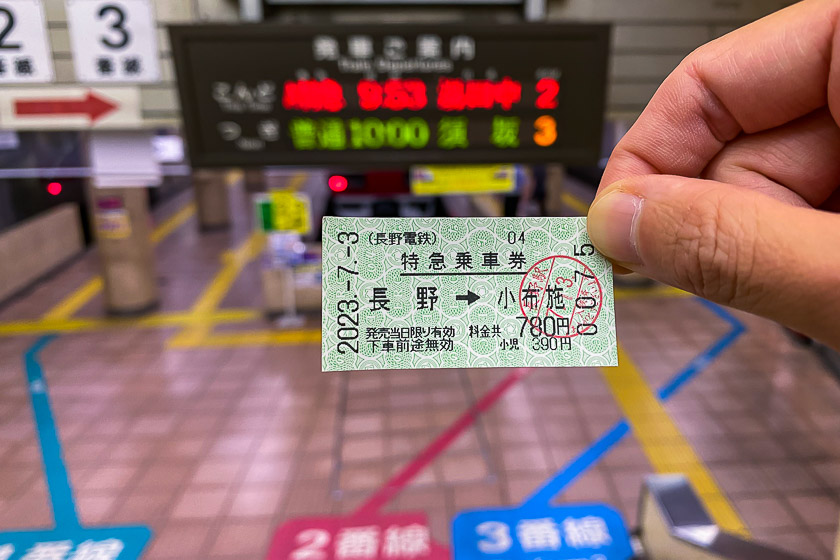
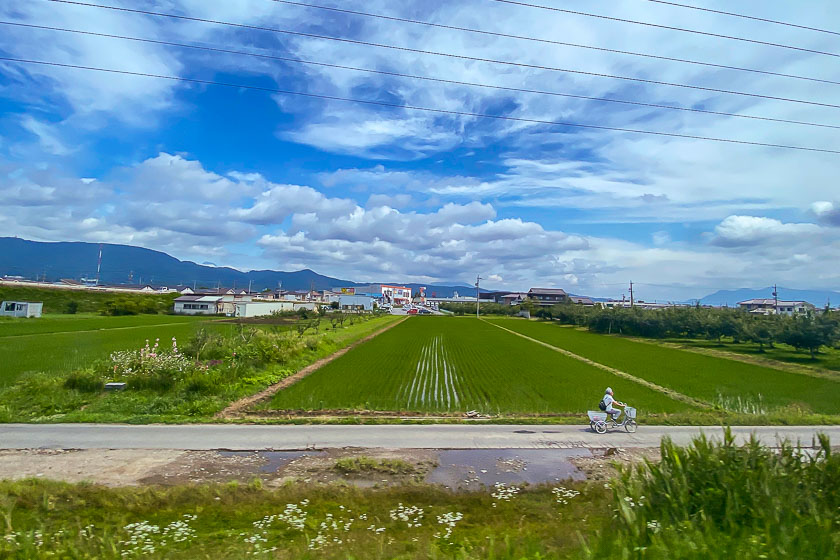
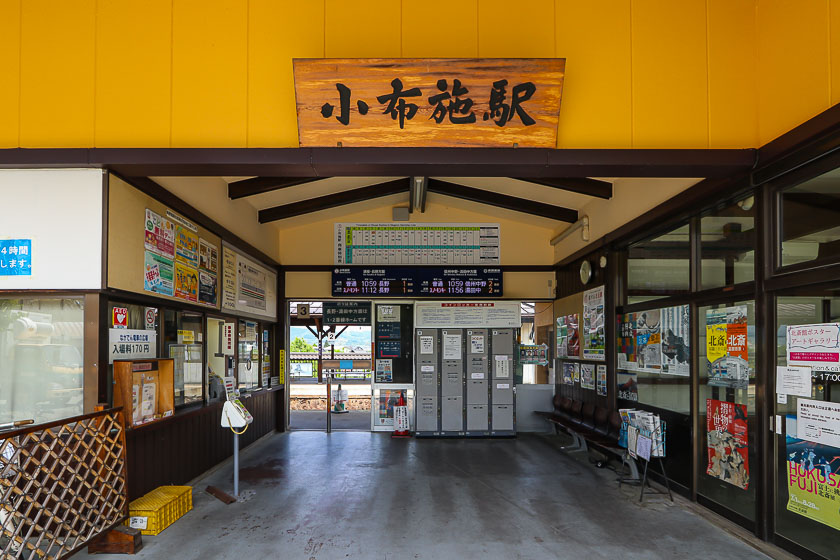
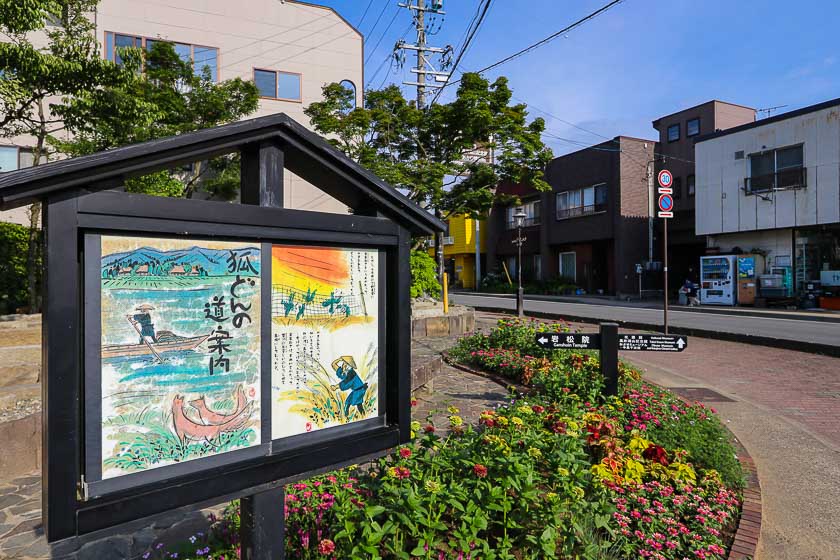
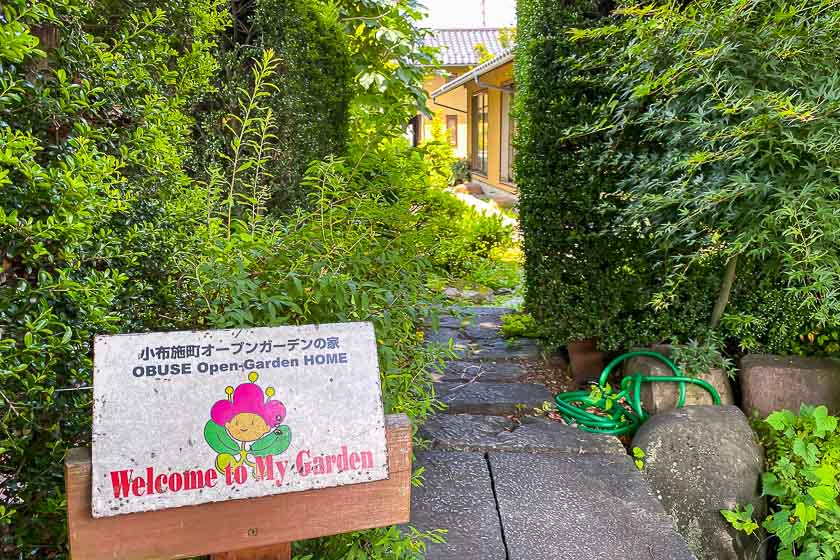

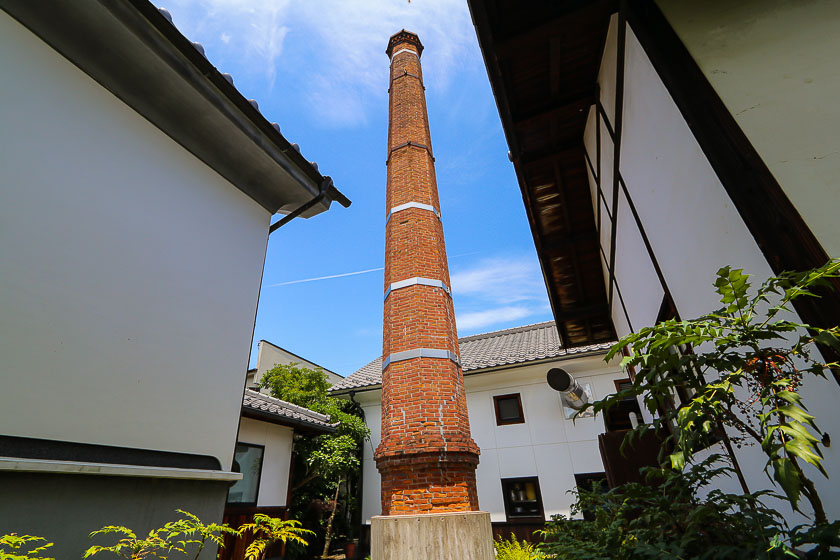
My first stop in the town center was Marute Coffee, a coffee roaster housed in a traditional Japanese house. The Marute brand is a family business that started back in the early 1900s in Shizuoka Prefecture dealing in tea, and is a relatively newcomer in Obuse, having only arrived in 2015 and switching to coffee instead of tea. I enjoyed my cup of coffee while watching the owners roast coffee beans.
Rejuvenated by my coffee, I proceeded deeper into the town center. This time wandering through Obuse's famed Chestnut Alley, which is lined by, you guessed it, chestnut trees. A third of the way through the alley is the back entrance to the Takai Kozan Memorial Museum, the former residence of Takai Kozan, who was a patron of the arts during the 19th century.
His most famous client was Hokusai, from whom he also picked up the finer points of painting. The museum comprises of several storehouses and displays Takai Kozan's calligraphy and paintings, of which many are of yokai or Japanese ghosts. Takai's residence is also open to visitors, and the second floor, where Takai had discourses with artists and intellectuals, can be entered as well.
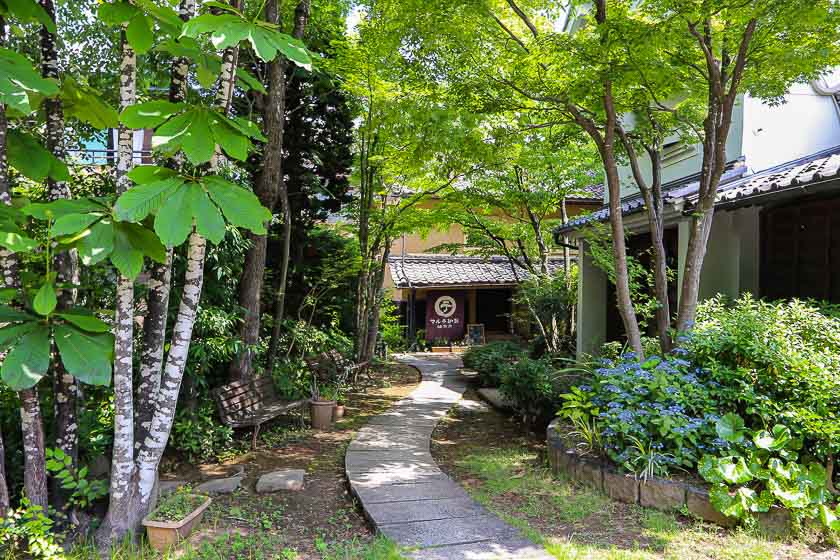
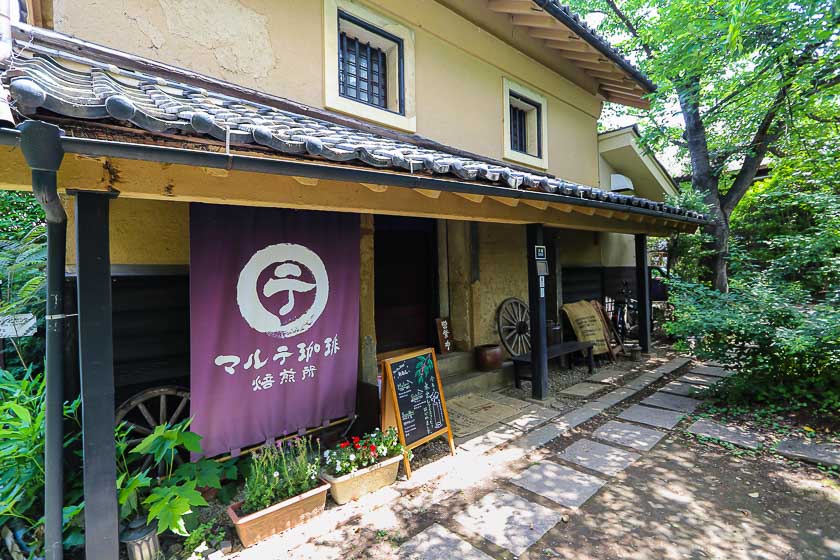
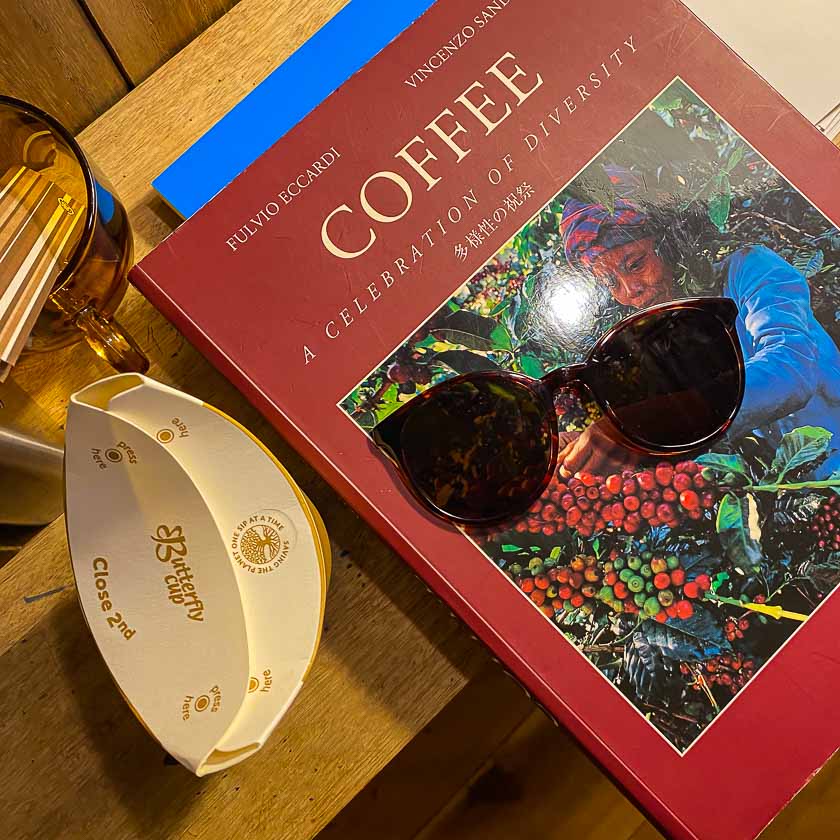

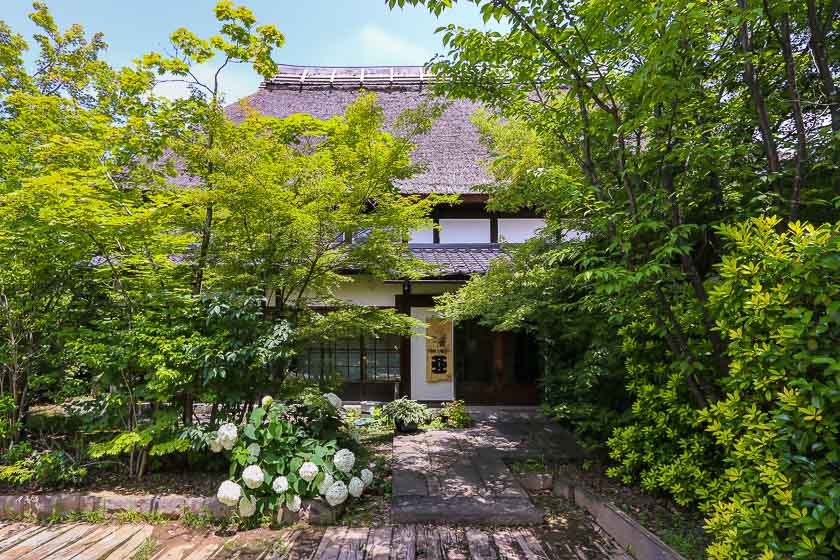

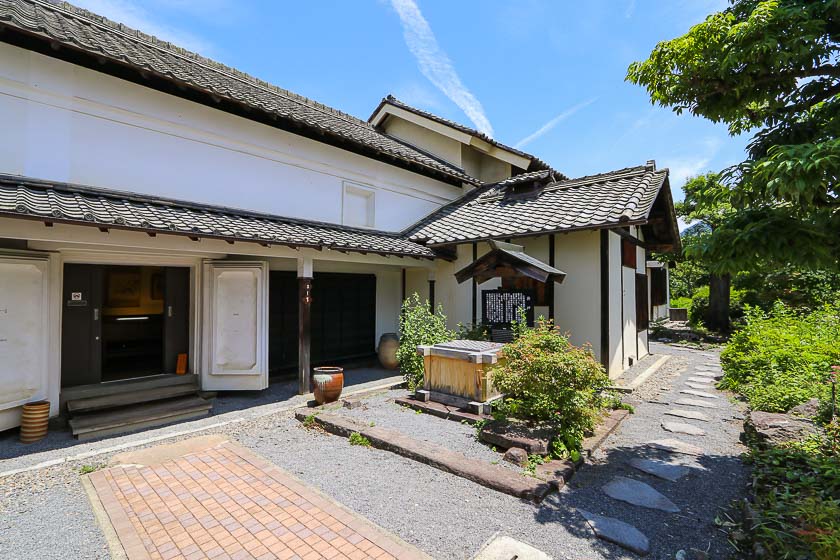

Continuing on through to the end of Chestnut Alley brought me to the Hokusai Museum. But, before that, I decided to go for lunch at Kurabu, whose name translates to warehouse section, a throwback to the olden days of a place in the brewery where workers could eat, rest and sleep overnight during the sake making season.
The restaurant specializes in the regional Shinshu river fish and seasonal local produce. In addition to the delicious meals, Kurabu offers a nice selection of Japanese sake from the nearby and regional breweries. The interior of the restaurant was decorated with pictures of sake brewers and there were historical sake making equipment on display, which made me feel like I was dining inside a former sake brewery. The space felt very authentic, and it was very pleasant to sip on sake and eat local dishes there.
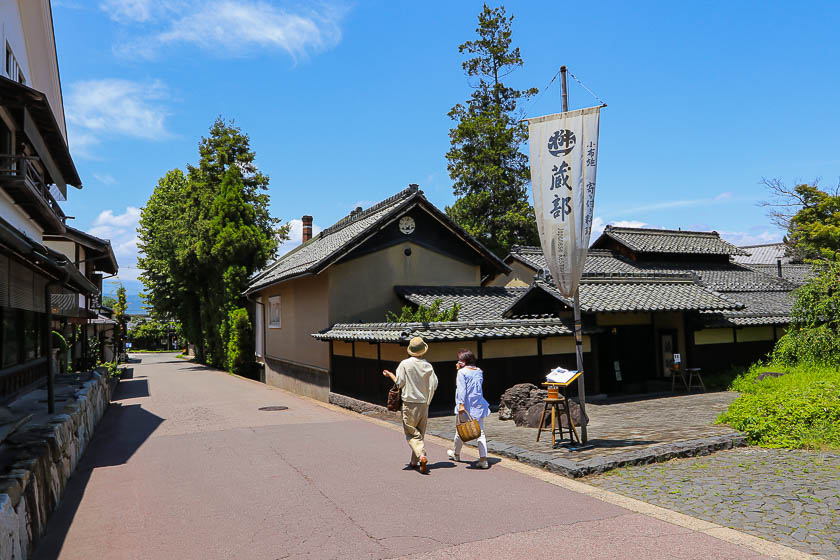
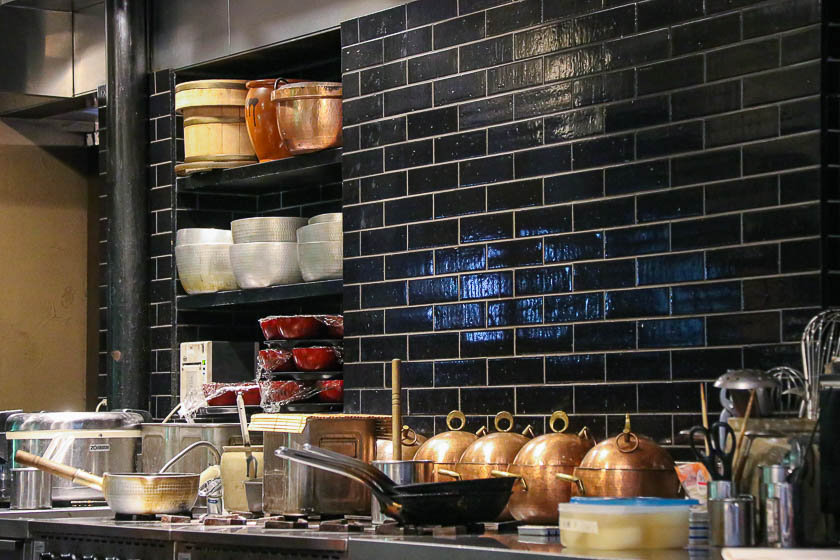
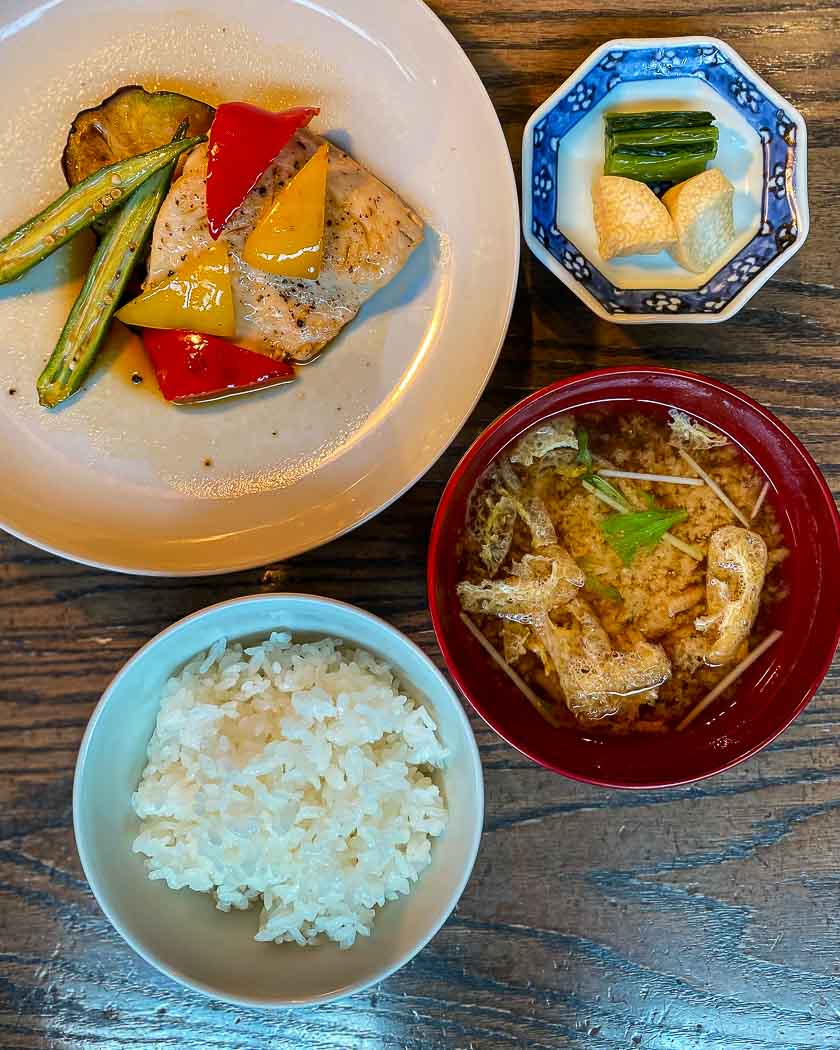
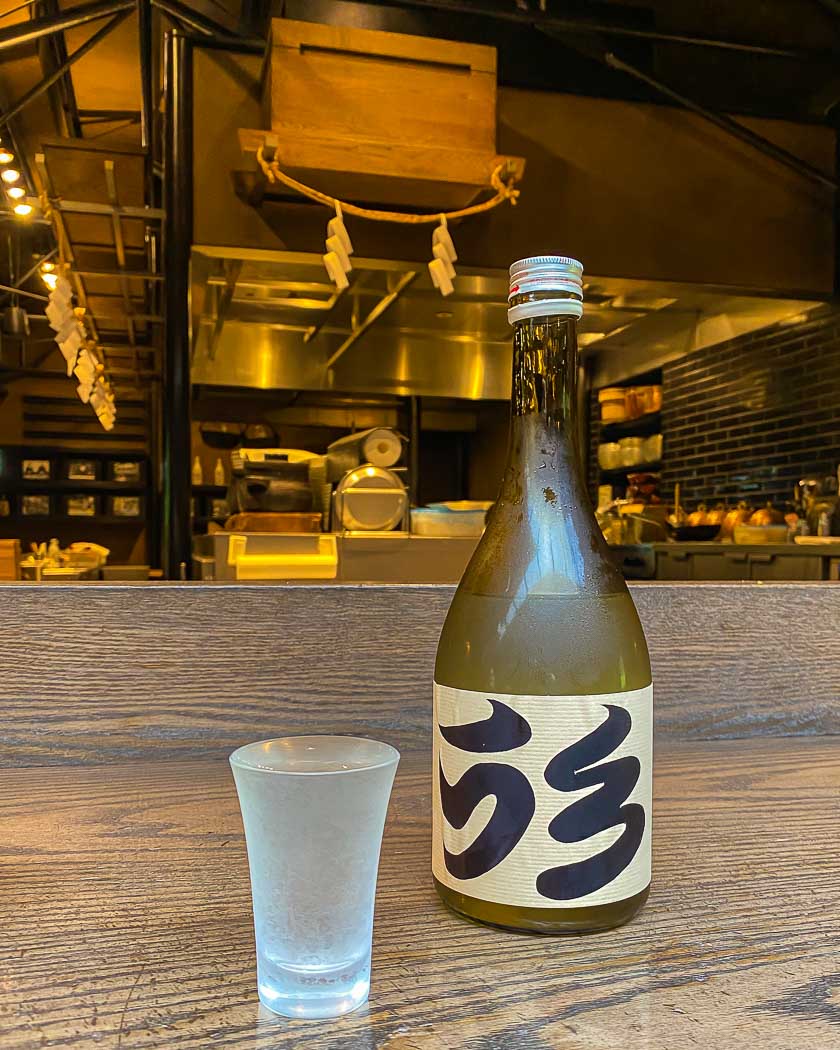
After lunch, it was on to the Hokusai Museum, which is dedicated to the artist Katsushika Hokusai, most well-known for his woodblock prints of the "Thirty-six Views of Mount Fuji". I was impressed by the excellent English descriptions available at the museum, which is not often seen at many regional and small museums.
I watched two short videos about the life of Hokusai and learned that the famed artist only reached the peak of his career when he was in his 70s (there is hope for me still!). At the invitation of Takai Kozan, Hokusai traveled to Obuse, when he was in his 80s, and created several of his vibrant masterpieces over the few years he stayed in the town.
The temporary exhibition when I visited was about the marine life drawn by Hokusai, and I marveled at the wide variety of marine animals quite accurately (mostly) depicted by Hokusai and his students. My biggest questions were mostly about how and when they got to see the deep water animals and how did they remember enough to paint their pictures. On permanent display were the festival floats, whose ceilings were painted by the master himself.
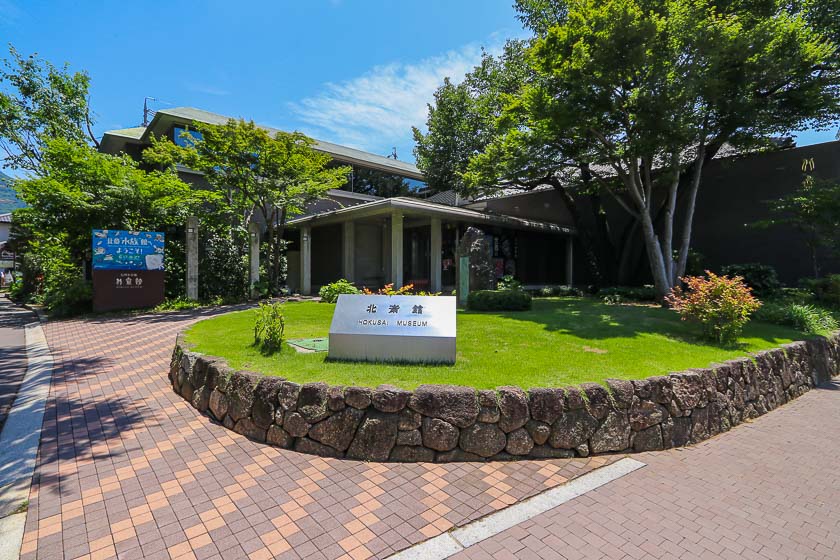



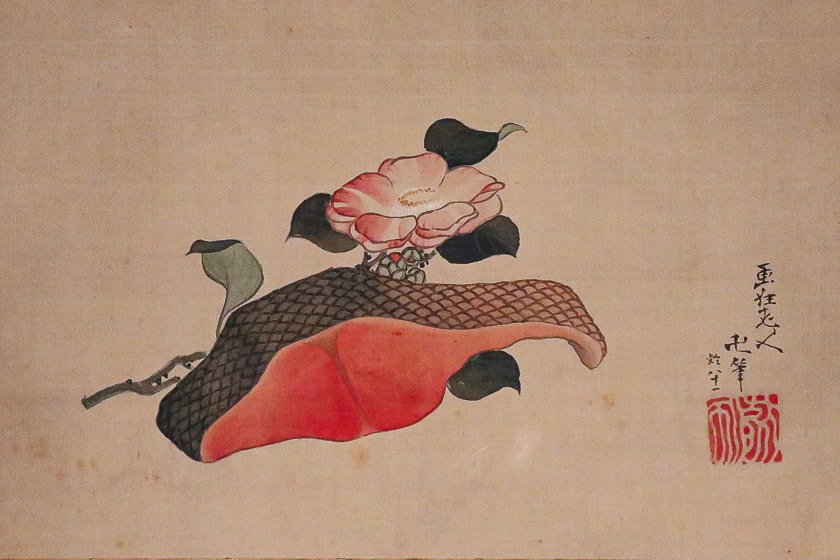
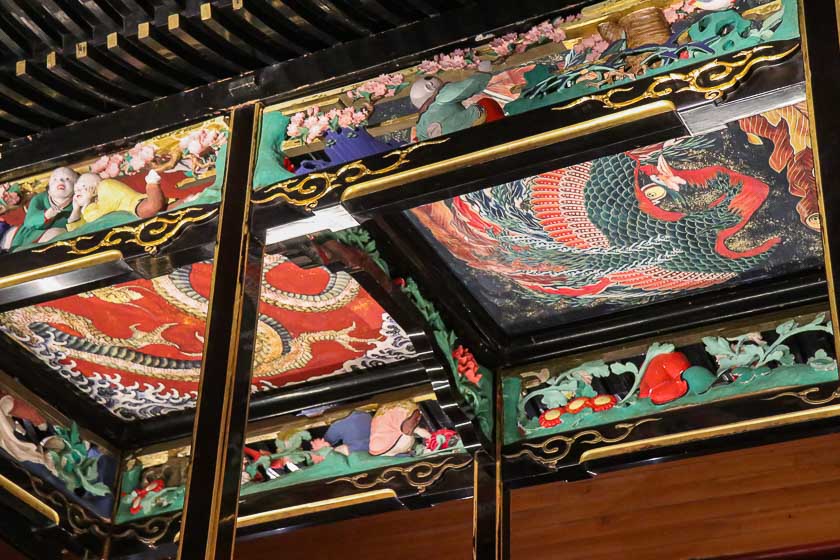
From the Hokusai Museum, I made my way back to the main road and visited Masuichi Sake Brewery, which was established in 1755. I hear that the original building is still in use, but unfortunately there are no brewery tours and only the shop space can be entered. However, in place of a brewery tour is a tasting bar where visitors can order from a selection of their sake to try. Masuichi has an unusual marketing system, in which their sake can only be purchased from their brewery shop or online shop, so that the sake can be handed from brewer to customer without a middleman.
Saving the best for the last, no visit to Obuse would be complete without getting a taste of the local chestnuts, and I visited Chikufudo and Obusedo, two long-established, chestnut focused, Japanese traditional sweets shops. That is to say, there are chestnuts in 95% of the products at these two shops.
Both shops sell souvenirs and also have restaurants offering meals and dessert, and I went to Chikufudo, the older of the two brands, for a late afternoon tea. As for Obusedo, I'm already making plans to go back this autumn to try their Suzaku dessert, which is made purely with newly harvested local chestnuts with no added sugar, and available only for a limited period. Definitely looking forward to that!
I wandered through my last few back streets in Obuse to get back to the station and caught the train back to Nagano. All in all, I had an excellent day out, one which I would highly recommend especially if you are already in Nagano or have plans to visit the snow monkeys.
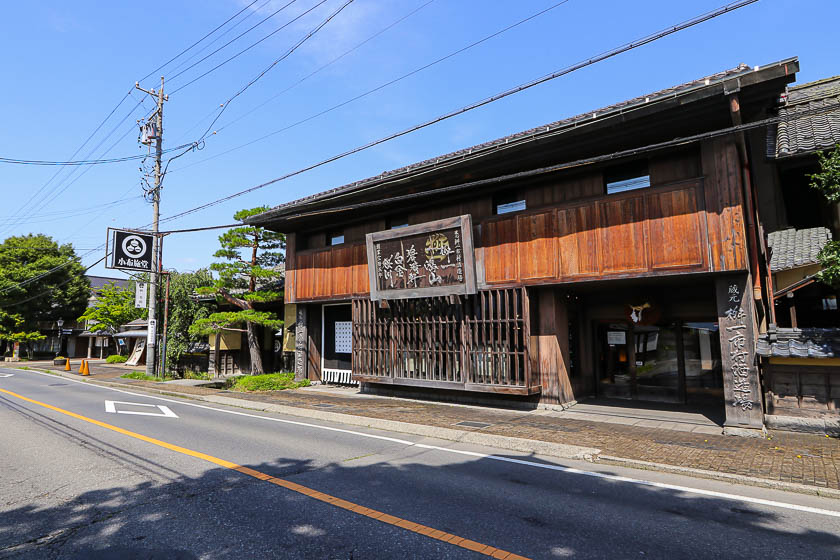
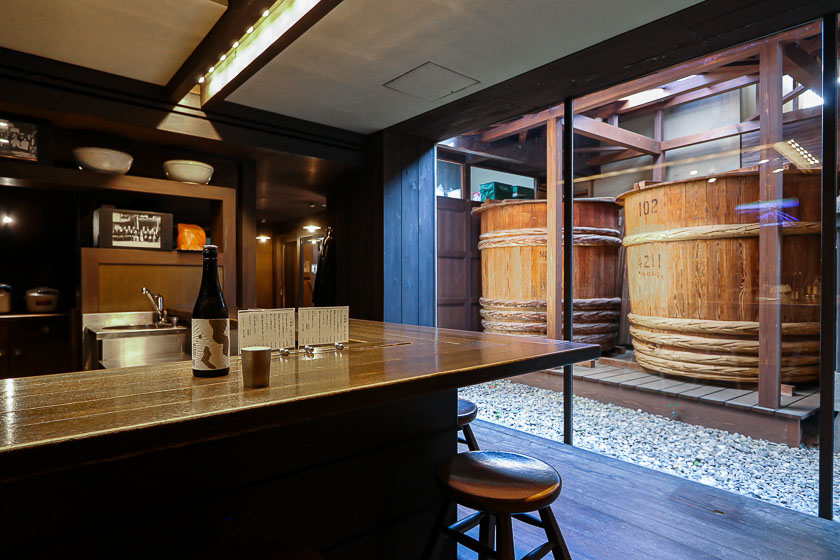
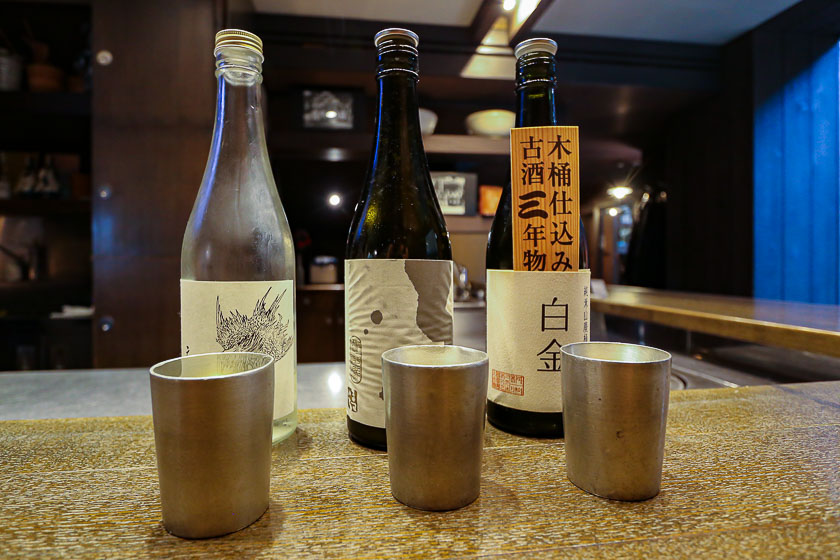
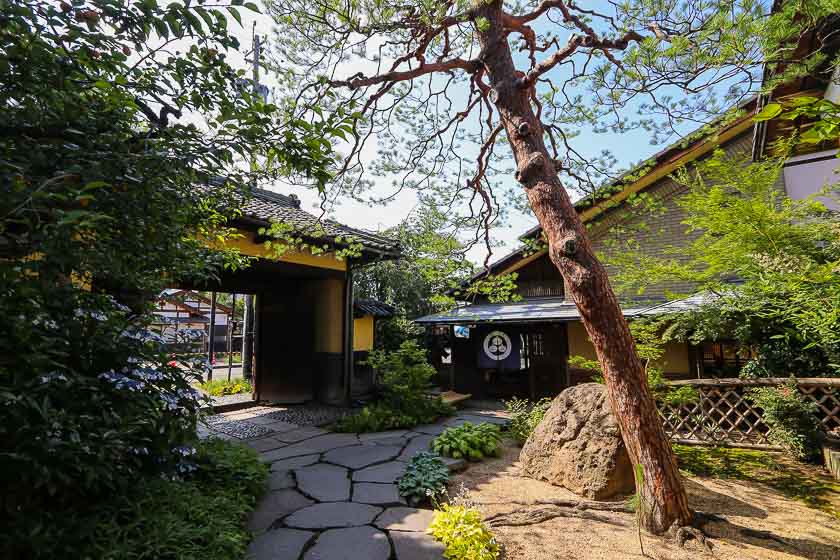
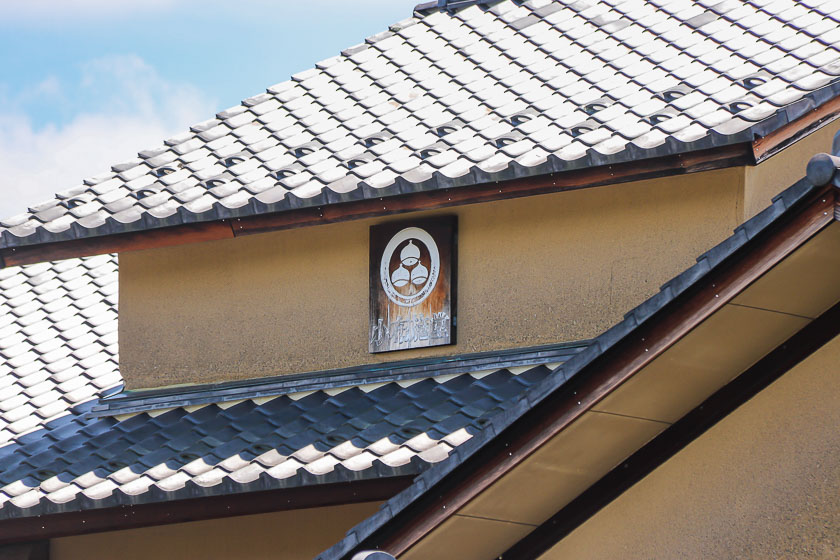
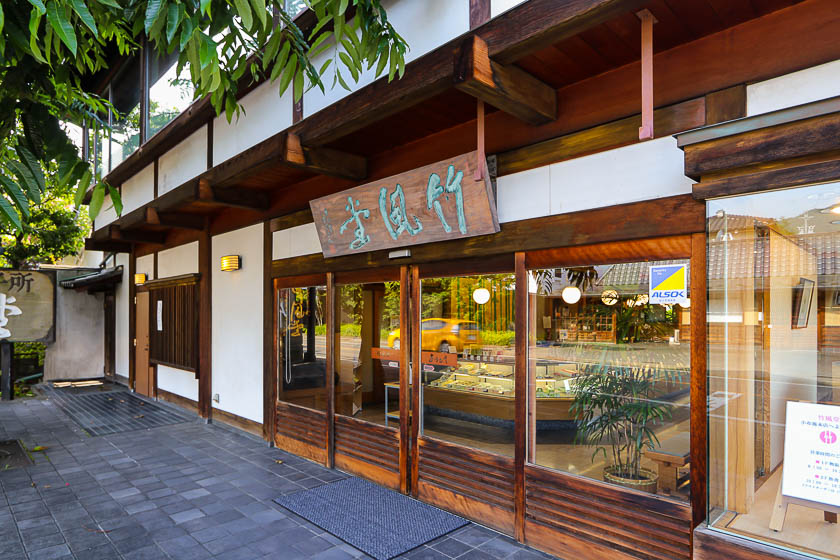
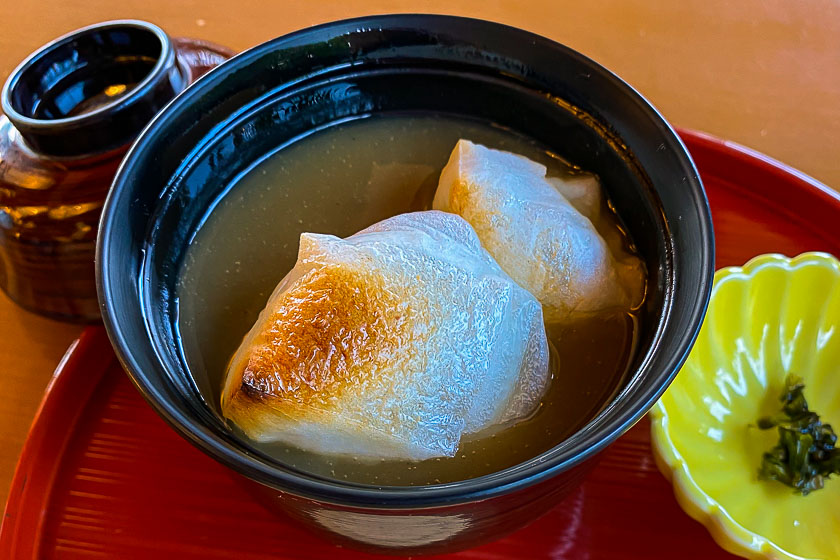
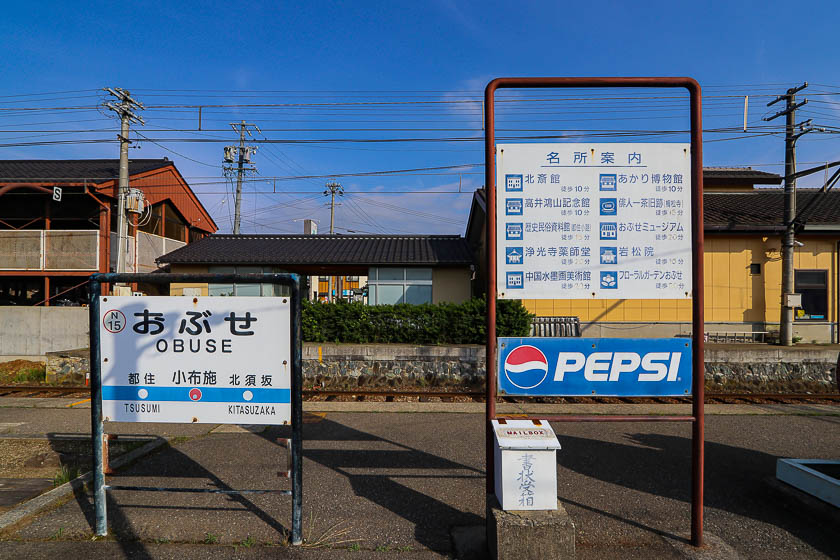
Getting there and around
Obuse Station on the Nagano Electric Railway (Nagaden) is the main station serving the town of Obuse. To get to Obuse Station, take the Hokuriku Shinkansen from Tokyo and get off at Nagano Station (90 minutes, about 8000 yen one way, 2-3 trains/hour). Transfer to the Nagaden and take a train bound for either Shinshu Nakano or Yudanaka, and get off at Obuse (30 minutes, about 680 yen one way, 2 trains/hour). The bullet train journey is fully covered by the Japan Rail Pass and the JR East Nagano Niigata Area Pass, but not the train ride on the Nagaden.
The town center, where most of the main attractions are located, is an approximately ten minute walk from Obuse Station. Rental bicycles (300 yen for the first two hours, and 100 yen for the next hour thereafter) are available at the tourist information center located in the station building and are useful for exploring the attractions outside of the town center.




